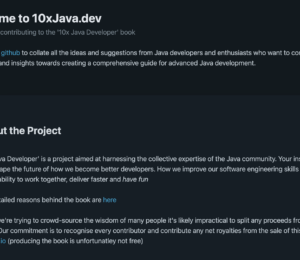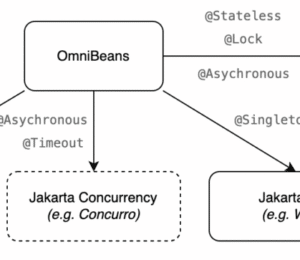Time to panic? AI and Cybercrime legislation is on your doorstep now
- April 10, 2025
- 2861 Unique Views
- 3 min read
As we settle into 2025, legislation around AI and cybercrime is no longer a distant threat or vague aspiration. It's here, real, and it's already changing how companies must build, deploy, and secure intelligent systems.
If you're a developer, security engineer, or anyone responsible for the software supply chain, it's time to recalibrate. Here's what's coming, who's shaping it, and what tools are emerging to help navigate the new landscape.
Accountability Cannot Be Outsourced
I am not a lawyer. This article summarises the legislation and regulations being developed or repurposed. It’s imperative to get your own legal assessment when deciding if these elements apply to your situation. Having said that, some aspects are shared. The primary one is accountability.
There’s no dodging your responsibilities.
That means wherever you are in the software supply chain, you have responsibilities to those consuming your software and those using it. Regulations collectively will require organisations to assess, monitor, and manage third-party risks, and you'll have to prove that you did the right thing at the right time. OR else.
Blaming others without proper due diligence and safeguards is not a valid defence!
The AI Act: Europe's Regulatory Beacon
Last month, the European Union passed the AI Act, setting the first comprehensive legal framework for artificial intelligence. Much like GDPR, this act is poised to set global expectations for how AI should be regulated.
Key provisions include:
- A ban on high-risk applications like predictive policing and emotion recognition in workplaces and schools.
- Mandatory compliance checks for AI systems in critical infrastructure, employment, finance, and healthcare.
- Disclosure requirements for general-purpose AI, including documentation of training data sources.
The phased rollout begins mid-2025, with enforcement ramping up through 2026. Developers building or integrating AI tools must revisit how data is handled, models are trained, and outputs are verified.
The US: Executive Orders and Sector-Specific Push
While there's no sweeping federal AI law yet, the 2023 Executive Order on AI laid serious groundwork. It directed:
- NIST to define technical standards for safe AI.
- Federal contractors to perform AI impact assessments.
- Homeland Security to red-team frontier models.
Several bills targeting transparency, model labeling, and sector-specific AI regulation in areas like healthcare, defense, and critical infrastructure are progressing through Congress this year.
The Department of Justice and CISA are doubling down on AI's dual use in cybercrime, highlighting risks like LLM-generated phishing, deepfake impersonation, and AI-assisted malware.
UK and China: Innovation vs Control
The UK continues its light-touch approach, opting for frameworks over rules. In 2025, the government is:
- Funding safety research through the Frontier AI Taskforce.
- Collaborating with firms like DeepMind and OpenAI for model evaluation and safety testing.
Meanwhile, China has doubled down on control. AI providers must now register models and disclose training data and watermark-generated content. Misuse of AI leading to "social destabilization" can incur criminal penalties.
Following the tech ...
Big tech and security vendors are responding fast, offering tools that help developers comply with new expectations and defend against AI misuse.
Here are a few examples - note that these are just samples - I'm not endorsing any of them.
Security & Monitoring:
Microsoft Security Copilot: An AI assistant for cybersecurity analysts.
Google/Mandiant: Integrating Gemini models into threat detection.
Darktrace: Using unsupervised learning and generative models to detect anomalies in enterprise environments.
Responsible AI & Governance:
IBM AI FactSheets: Transparency tooling for datasets and models.
Hugging Face Model Cards: for ethical and usage documentation.
Scale AI: Offers evaluation frameworks and safety testing for AI models.
Enterprise Risk & Compliance:
Accenture Responsible AI Services: For auditing and aligning AI with regulatory frameworks.
Several Big Four firms now provide AI governance-as-a-service.
What's Next?
Expect further developments in:
- Watermarking standards for AI-generated content (backed by Adobe, OpenAI, and Google).
- Model licensing and registration for high-risk or general-purpose systems.
- Supply chain audits focusing on training data, code origins, and dependency security.
- Criminal liability for misuse of AI-generated phishing, malware, or impersonation.
AI is no longer an unregulated playground nor is software development in general.
For those of us building the future, it's time to treat governance, safety, and security as part of the dev stack. Not as afterthoughts.
If you want to learn more visit my 10xInsights news letter or related articles at JavaPro
Don’t Forget to Share This Post!















Comments (1)
Cyber Crime Laws 2025: How Nations Stop Digital Threats
8 months ago[…] threats keep emerging as AI technology advances. Modern laws now target AI-generated phishing, deepfake impersonation, and AI-assisted malware. This shows how cyber crime laws must keep up with […]